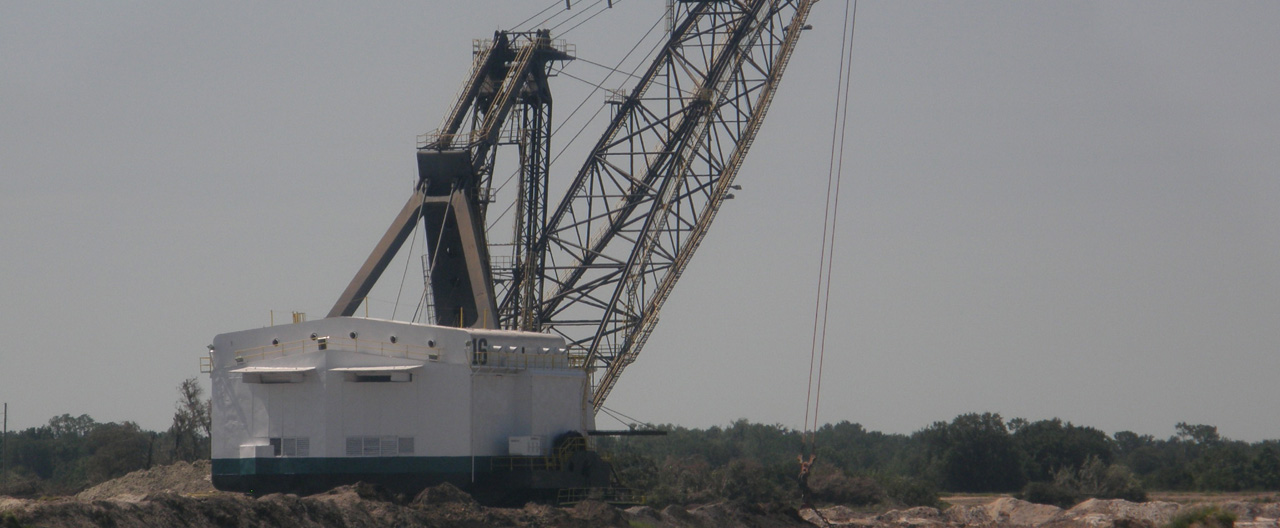Radioactivity and Phosphatic Clay Ponds
The clay in the ponds came out of the ground as part of the matrix, which naturally contains the radioactive elements uranium and radium. Some of this radioactivity ends up going to the clay ponds.
Phosphatic clay sediment in the ponds have a higher level of radioactivity than sediment in natural lakes, but the water is like other lake water. When the pond settles the soil has higher levels of radioactivity than normal soil.
The average Florida soil has about 2 pCi/g of radioactivity from both uranium and radium. A mineralized soil in an unmined area has about 10 pCi/g of radioactivity. A clay settling area has up to 40 pCi/g of radioactivity. [pCi/g (picocuries/gram), as explained in the segment explaining why phosphogypsum is stacked, is a measurement used to denote the amount of radioactivity per mass or volume of the material in question.]
It sounds like the clay is highly radioactive compared to other Florida soils, but 2 pCi/g represents a very small amount of radioactivity. It is two-trillionth of a curie per gram. At 40 pCi/g the clay is 20 times higher than average Florida soil and four times higher than mineralized soil, but still, it is only forty-trillionth of a curie per gram.
When considering risks associated with radioactivity and the clays, consider a study of typical Florida crops grown on a clay settling area. The study found that if a person ate as much food as he or she could get from the crops grown on this clay settling area for a year, he or she would receive a 3 mrem dose of radiation from the food in addition to the 360 mrem dose of background radiation received naturally every year. [A mrem (millirem), is a measure of radiation dose.]
That amount would be lost in the natural variation in the background dose the person receives in the year. To put it in perspective, a person receives about 5 mrem from cosmic radiation during one roundtrip, transcontinental airline flight.
